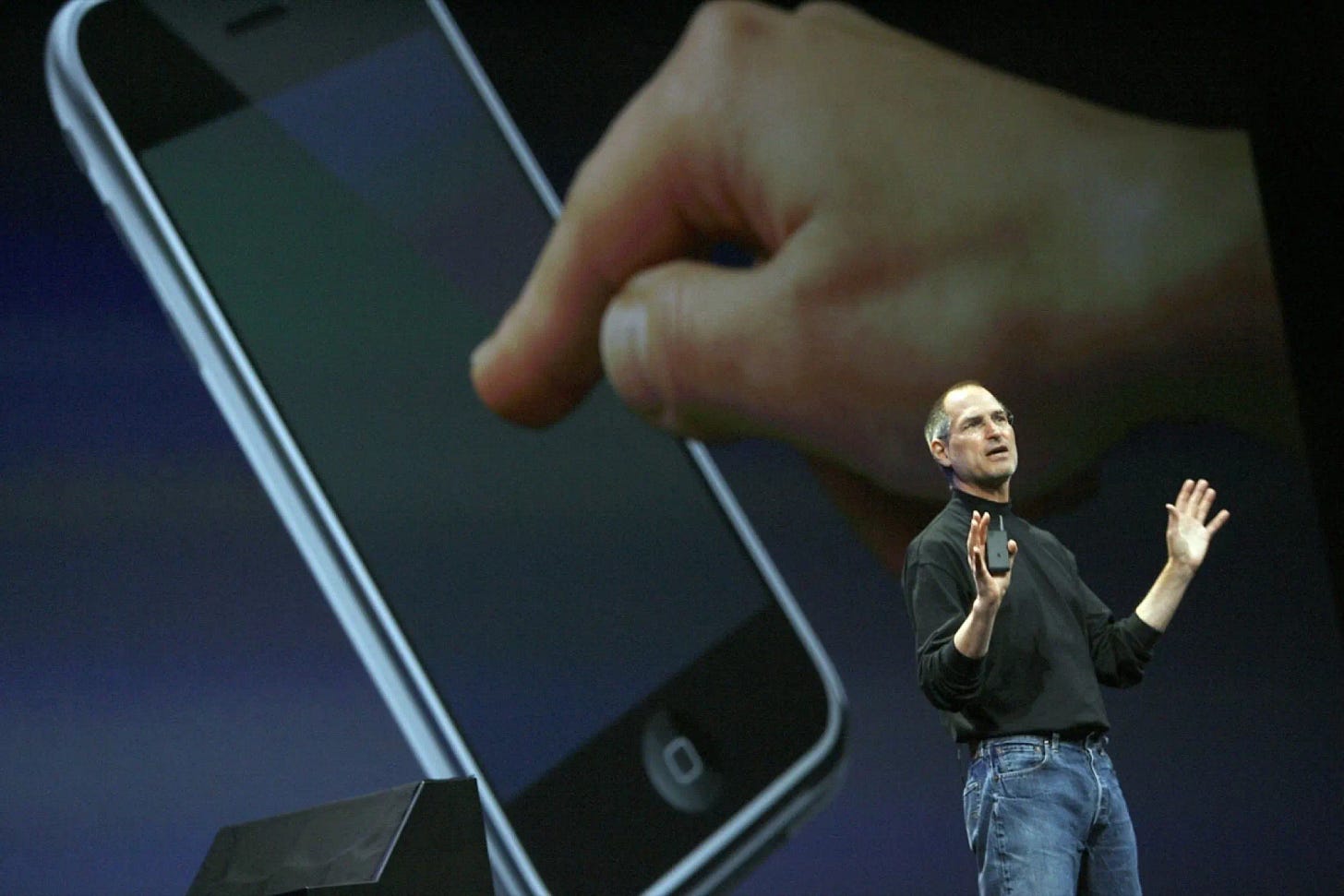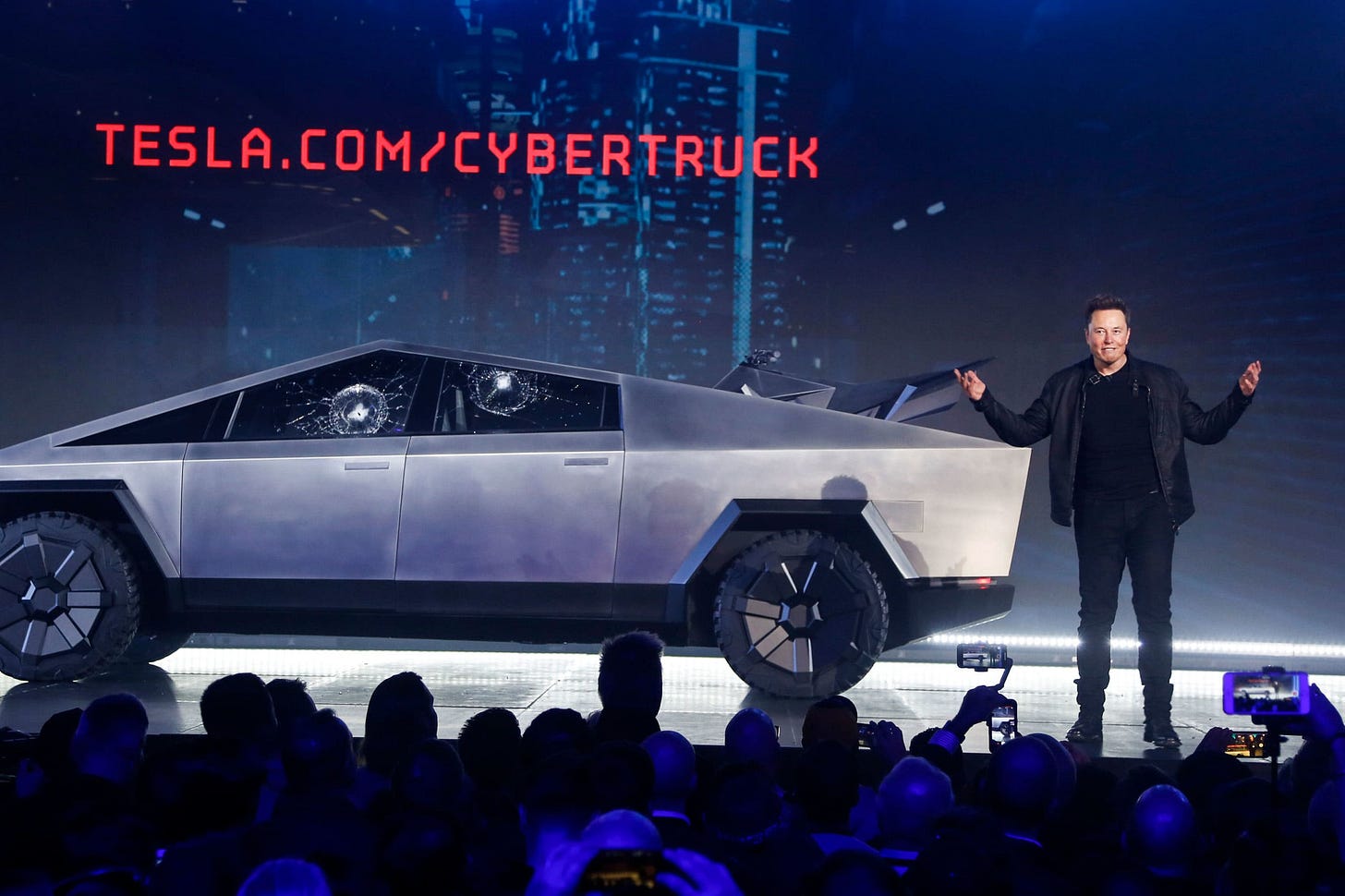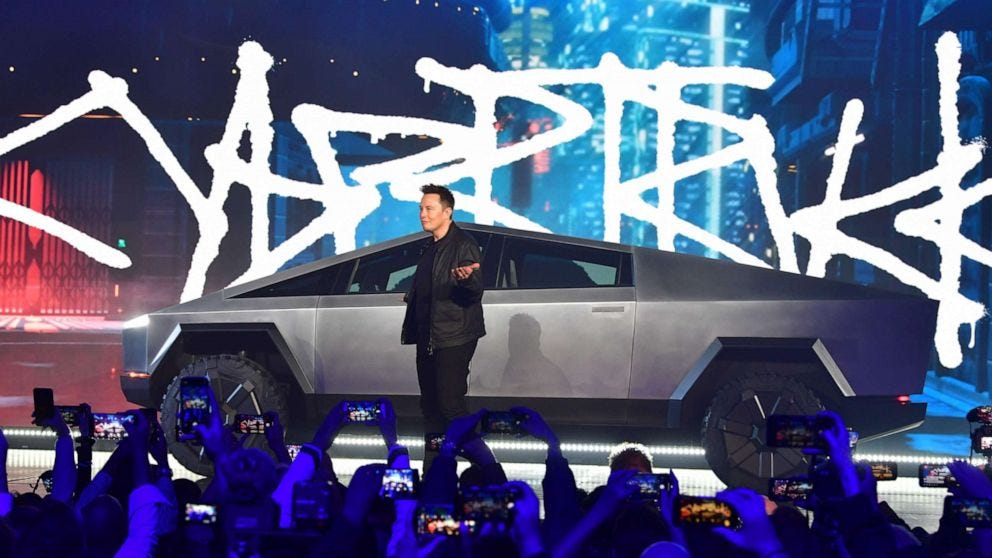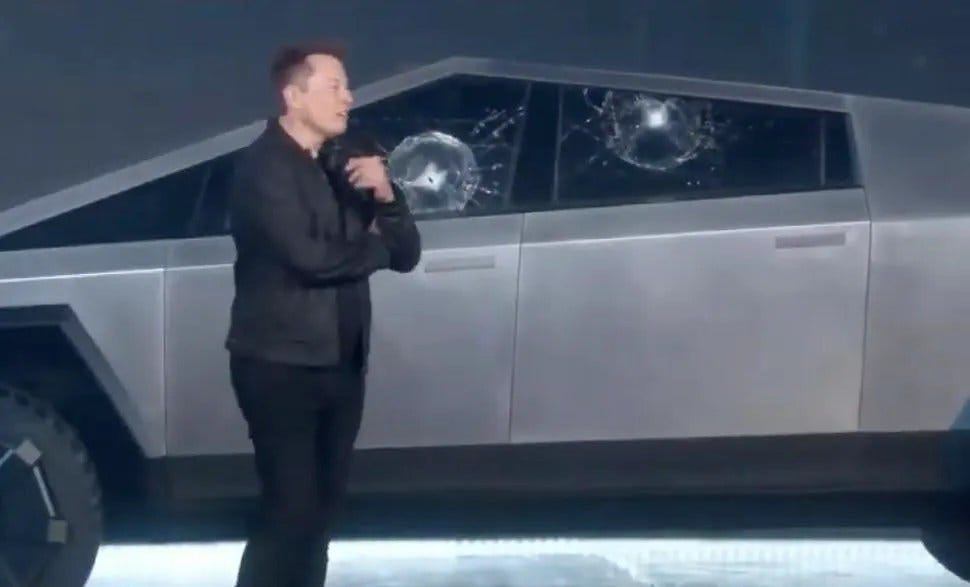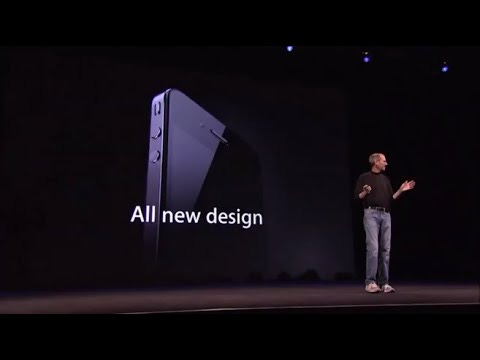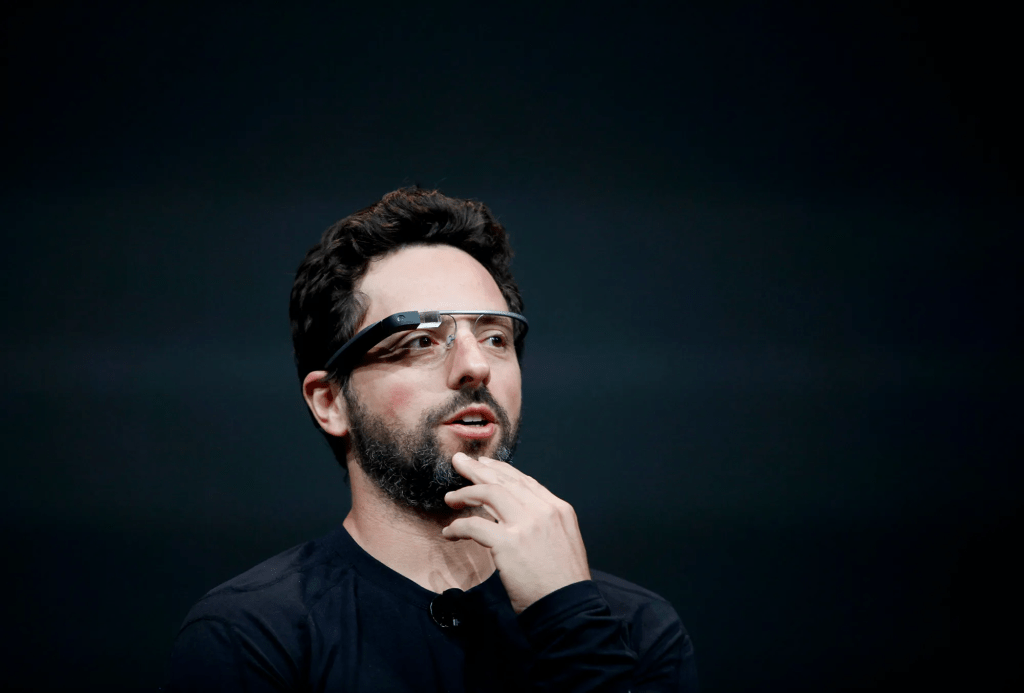When Tech Demos Go Wrong (and Why That’s Not Always Bad)
Lessons from Tesla, Apple, and Google for Startup Founders
Every startup founder dreads it: the big demo, the spotlight, the moment everything’s working perfectly — until it isn’t.
A click, a glitch, a frozen screen.
The audience gasps.
You freeze.
It’s the stuff of demo nightmares — unless you learn how to own it.
From Tesla’s embarrasing shatter, to Apple’s Wi-Fi failure, to Google’s staged suspense, the world’s biggest companies have proven one thing: a product launch doesn’t need to go perfectly to succeed. In fact, a little imperfection might make it even more powerful.
1. The Tesla Cybertruck: Failure That Became a Phenomenon
In 2019, Elon Musk stood on stage to unveil the Tesla Cybertruck — an angular, futuristic vehicle with “armor glass.” To prove its strength, Tesla’s design chief threw a metal ball at the window.
It cracked.
Then it cracked again.
It wasn’t scripted. The reaction on Musk’s face said it all. But what could have been a PR disaster became one of the most viral tech moments of the decade. The Cybertruck trended worldwide for weeks, and preorders spiked, until it crashed agin.
Why it kind of worked:
It showed ambition and authenticity. The demo was a disaster, but Tesla didn’t flinch — and that made the brand feel transparent even though it was a total fail.
Startup takeaway:
People don’t expect perfection. They expect passion. Handle surprises with confidence and humor — that’s what builds trust and sells belief.
2. Apple’s iPhone 4 Wi-Fi Fail: Grace Under Pressure
During the iPhone 4 reveal in 2010, Steve Jobs’ live demo of Safari stalled. The Wi-Fi had overloaded from hundreds of journalists using the same network.
Jobs didn’t panic. He cracked a joke, asked the audience to disconnect, and moved on.
Why it worked:
The product didn’t need to prove itself technically in that moment — Jobs proved it emotionally. His calm, charm, and mastery under stress reinforced Apple’s reliability.
Startup takeaway:
Practice your reaction, not just your demo. Investors and customers are watching how you respond when things go wrong. That’s leadership in real time.
3. Google Glass: The “Fake Problem” That Set Up a Wow Moment
Not all “problems” are accidents. During Google I/O 2012, Sergey Brin interrupted a live talk saying the Glass demo wasn’t ready yet. Suddenly, the screen showed a live video feed from skydivers wearing Glass — jumping out of a plane, landing on the roof, and walking onto the stage.
Why it worked:
The fake issue created tension — the audience’s disbelief became anticipation, which turned into pure excitement.
Startup takeaway:
A little suspense can supercharge attention. If you can build anticipation in your pitch — then deliver a reveal — you’ll make your product unforgettable.
What Startups Can Learn About Selling from “Broken” Demos
Whether your problem is real or staged;


